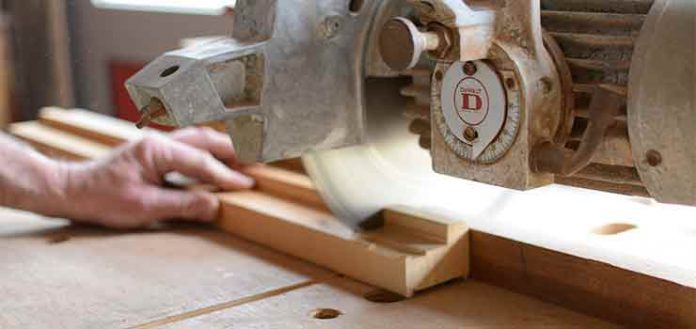
Every production process requires maximum efficiency and quality to develop a final product with all the guarantees and great performance.
For it, it is essential to use the best resources and tools that allow compliance with the standards in each production process throughout the supply chain of a company.
Industrial blades or saws are probably one of the fundamental and most important elements for accurately making the necessary cuts in most industrial sectors.
Having a good supplier of industrial saws is an element of great value and clear differentiation for companies that places them well above their competitors.
Main types of saws and industrial blades
The industrial solutions sector includes the manufacture of all types of industrial blades and saws. The main suppliers of these products, such as FK Rent, offer a wide range of saws and even have personalized options that adapt to any punctual and specific need.
Thus, it is possible to list the following types of saws and industrial blades:
Straight blades.
This type of blades facilitate the cutting of sheet metal and different materials up to 5,000 mm long. It is possible to purchase standard saws for machinery in general or customized solutions for specific production tasks.
circular blades.
The circular option of industrial saws is essential for coil cutting. Although it is also possible to customize its design for tasks in specific sectors.
Knives for recycling.
The recycling sector is one of the most versatile and fastest growing. The activity of this sector allows the cutting of different materials: tire cutting, cardboard cutting or blades for shredding plastic or recycling scrap.
Knives for wood.
Wood needs its own technical blade design for more efficient cutting. These are usually blades for wood lathes of different sizes.
Knives for the food sector.
Food is one of the industrial sectors with more machinery with blades or saws. There is a wide range of machinery that needs its own saws to be able to make the necessary cuts.
Blades for shears.
Shears are tools used to cut, manually or by motor, paper, plastic or thin metal sheets. They are very common in different kinds of industries. Being basic resources for the good development of the final product.
All industrial blades or saws must be manufactured with the appropriate alloy steels for each functionality. With steel alloys, different properties are achieved based on resistance to hardness, impact, wear, corrosion and even high temperatures.
Tips for using industrial saws
Work with industrial saws or blades poses a risk due to the danger that entails the machinery and its functionality.
The incorporation of industrial saws in any production process is necessary, but it represents a safety threat for workers. Improper installation and use of saws can result in loss of body parts and even death.
However, the correct installation and compliance with certain preventive and safety rules They will not only protect your employees, but also make the industrial saw safe for everyone.
Among the different actions and advice to be carried out in the use of industrial saws or blades, the following should be highlighted:
- Train employees on proper use of machinery with industrial saw.
- Firmly secure the machine to prevent tipping or other movements that could cause injury.
- Check that the saw blade is sharp and is compatible with the type of material to be worked on. Sharp blades are safer and work better.
- Use personal protective equipmentincluding safety glasses, face shields, and hearing protection.
- The emergency power off switch must be within reach of the operator’s position.
- Keep the area clean and free of impurities. Ignoring the dirt that quickly accumulates around the saw is one way to increase the chance of an accident.
- Knowledge of the correct procedure for each cut that is made before executing it.
- Regular inspection of the blades, before starting to cut with a saw, carefully check that it is not damaged. Damaged blades can break during cutting and expel pieces of steel that can cause serious personal injury and property damage.
- Ensure a safe and secure environment around the workspace It is an important safety factor. Both materials and the movement of people must be controlled at all times.
In short, the use of industrial saws and blades requires professional treatment that entails training and compliance with occupational risk prevention standards.



